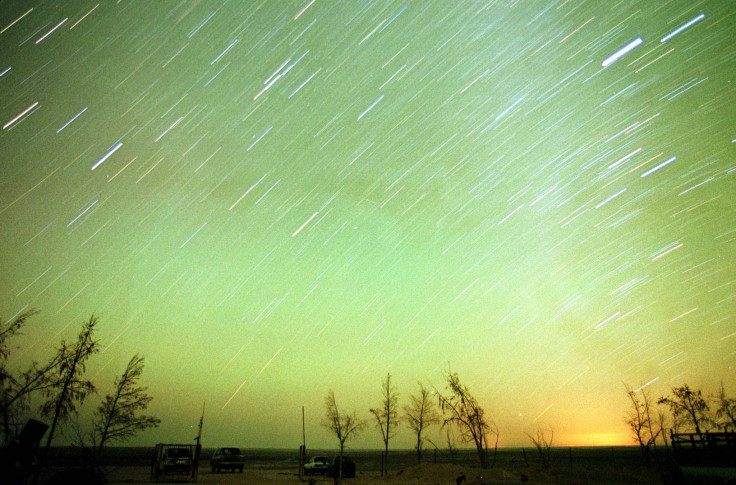Leonid Meteor Shower Live Stream: Watch The November Leonids Peak Here

The highlight of November astronomy, the Leonid meteor shower, peaks overnight Tuesday. The Leonids do not produce as many fireballs as the Taurids that peaked earlier in the month or the output of the summer's Perseids, but it should put on a decent show. Slooh has a Leonids live stream Tuesday beginning at 8 p.m. EST (5 p.m. PST).
Comet Tempel-Tuttle is responsible for the Leonids, but the meteor shower gets its name because the radiant -- perceived point of origin -- is in the constellation Leo. Comet Tempel-Tuttle is a Halley-type comet -- objects with orbital periods between 20 and 200 years -- with an orbital period of 33 years. As the comet makes its journey around the sun, it leaves behind a debris trail that Earth crosses into every November.
TONIGHT! - THE LEONID METEOR SHOWER https://t.co/bAmq5Gy05L (Please RT) pic.twitter.com/rJjdaE4oDE
— VirtualAstro (@VirtualAstro) November 17, 2015The Leonids peaks Tuesday night into early Wednesday morning. Pre-dawn viewing is usually recommended due to decreased light pollution and darker night skies. "The Leonid radiant is best placed during the last hour before morning twilight when the radiant lies highest in a dark sky," the American Meteor Society wrote.
For 2015, the American Meteor Society estimates a rate of 10 to 15 meteors during the Leonids' peak. A waning crescent moon means Earth's natural satellite is not too bright in the sky, giving stargazers a better chance of catching dimmer meteors.
The constellation Leo rises to the east around midnight, according to EarthSky. Its recommended to find Leo's mane and shoulders -- six stars, including bright Regulus -- that form a sickle or a reverse question mark. The Leonids can produce periodic meteor storms with rates reaching hundreds of meteors per hour, most famously in 1833 and 1966.
Slooh's international organization of robotic telescopes will broadcast the Leonid meteor shower live stream from five countries. Host Paul Cox will discuss the history of the meteor shower along with the best ways to photograph the event. The broadcast can be viewed below.
© Copyright IBTimes 2025. All rights reserved.





















